Fushimi Togarashi is a key food in Kyoto’s seasonal cooking. Locals valued this not for being hot, but for a special, mild sweetness and crunchy texture. As one of Kyoto’s respected traditional vegetables, this gentle pepper is central to summer meals. This article shares important facts about Fushimi Togarashi, looks at its history in the famous Fushimi area, and points out a local place where you can taste this special ingredient.
What is Fushimi Togarashi?
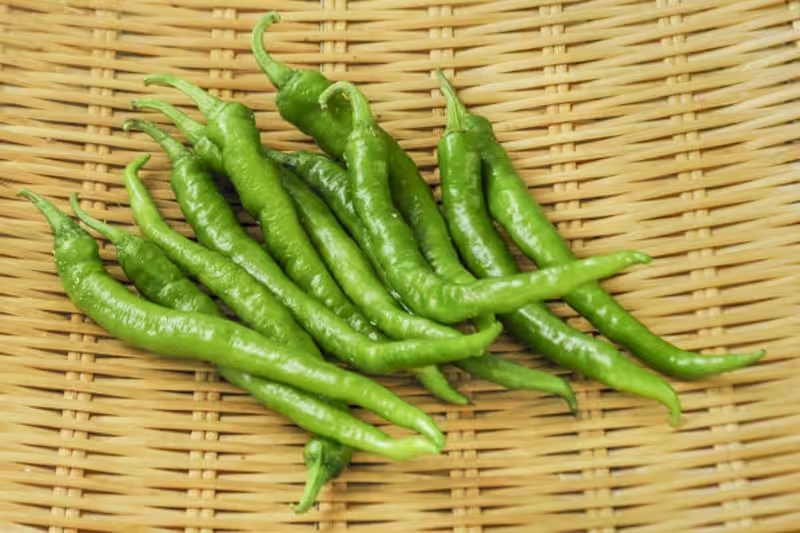
Even though the Japanese name togarashi usually means chili pepper, Fushimi Togarashi is a sweet variety, meaning it has almost no heat. This special lack of spice makes it a wonderful choice for everyone, including children.
The pepper is long, thin, and bright green. Its best feature is its soft, crisp, and very appealing texture, often called shakishaki in Japanese. When cooked quickly, its natural, mild sweetness grows stronger while they kept the whole satisfying crunch.
It plays an important part in the summer diet. Traditionally eaten during the hot, wet summer months because it has a lot of Vitamin C and fiber, providing needed nutrients to help fight off summer tiredness. The picking season is long, running from May to late October, with the best flavor hitting its peak in early summer.
History of Kyoto’s Sweet Pepper
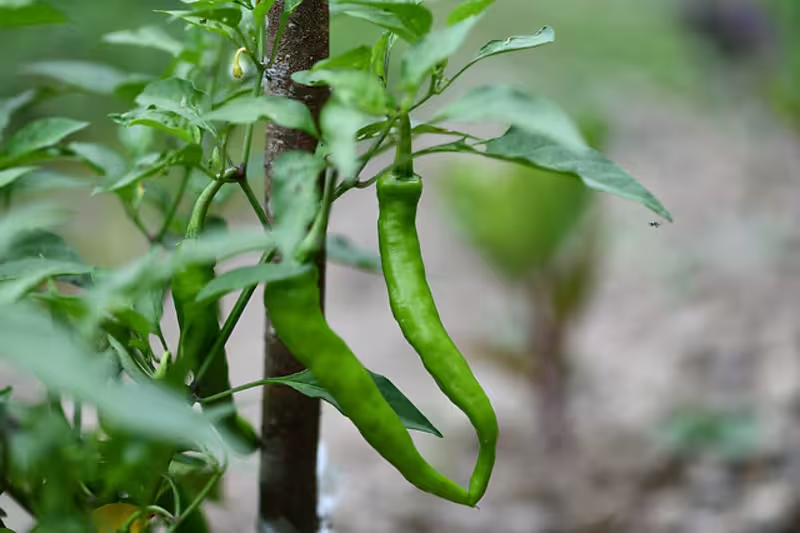
Chili peppers first came to Japan around the early 1600s, brought by Portuguese traders. Despite being a new food, the skillful farmers quickly adopted and improved the Fushimi type around Kyoto.
The fast success of this sweet pepper have records from 1684. An old text noted that peppers grown near the Fushimi Inari area were already considered “famous.”
This early recognition suggests that local Kyoto farmers quickly perfected the pepper to keep the desired sweet trait. This made the vegetable fit perfectly with Kyo-ryōri (Kyoto cuisine), which prefers gentle, natural flavors over strong heat. Because of its long, established history of its growth and refined in the area, Fushimi Togarashi has the official and highly respected status of a Kyo-yasai (traditional Kyoto vegetable).
Dining for Fushimi Togarashi
Kyoto Kitchen Tsuki no Kurabito (京の台所 月の蔵人)
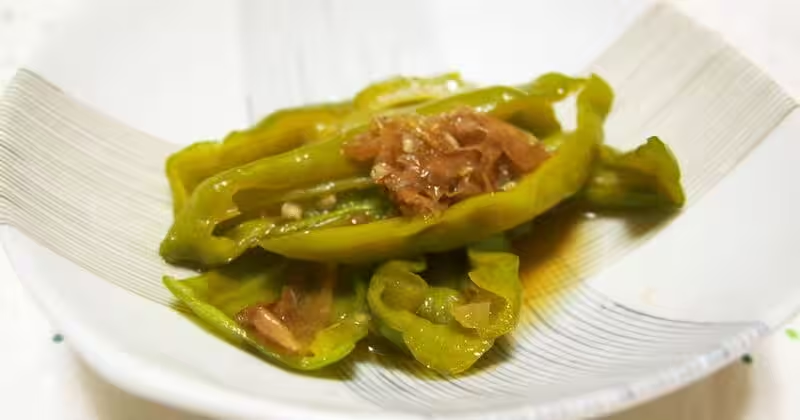
For visitors wanting to taste seasonal Kyo-yasai, like Fushimi Togarashi, prepared in its home region, Kyoto Kitchen Tsuki no Kurabito is an excellent choice. This unique restaurant is located right in the Fushimi Ward, the historical heart of the pepper’s cultivation.
The restaurant is housed in a beautifully fixed-up sake brewery, first built in 1913. The space features high ceilings and a warm, elegant feel, focusing on pairing local food with seasonal sake. When in season, the restaurant adds regional specialties, including Fushimi Togarashi dishes, to its traditional Japanese menu.
Takeaway
Fushimi Togarashi is a great example of the high quality in Kyoto’s food culture—a pepper loved for its unique mildness and satisfying crispness instead of strong heat. Its gentle flavor and long season make it a versatile and prized food in Japanese summer cooking.
If you enjoy the subtle sweetness and unique texture of this Kyo-yasai, you might want to try other dishes like simmering, light-steeping, simple grilling, and tempura where Fushimi Togarashi is the main focus.
You can also look up in this article the different Kyoto’s traditional vegetables or popularly known as Kyo Yasai.
FAQ
- What is Fushimi tōgarashi?
A slim, mild sweet pepper from Kyoto, considered one of the traditional “Kyo-yasai” (Kyoto vegetables).
- When is it in season?
Mainly summer (early summer through autumn), though greenhouse growing can extend availability.
- Is it spicy?
No — it is typically sweet or very mild, not hot, and often eaten by children.
- What does it taste and feel like?
Crisp, thin-walled, slightly sweet, with a fresh pepper aroma when grilled or fried.
- How is it commonly cooked?
Grilled, pan-fried, tempura, simmered with small fish (e.g., with jakko/anchovy), or as a simple side—roasting brings out sweetness.
- Where can I buy it as a tourist?
Kyoto markets (Nishiki Market), supermarkets, depachika (department store food halls), and summer farmers’ stands.
- How do I pick a good one?
Choose shiny, firm peppers with fresh green stems and no soft spots.
- How should I store it?
Keep in the fridge vegetable drawer in a plastic bag; use within 2–3 days for best texture.
- Can I eat it raw?
Yes—many people eat it raw or quickly char it for a mild, crunchy bite.
- Any risks or allergy notes?
Generally safe for most people; if oil or soy sauce is used in cooking, check for allergens.
- Can I take it home as a souvenir?
Fresh peppers travel poorly over long international trips—buy small packs, or choose preserved forms (pickles, tsukudani) for souvenirs.
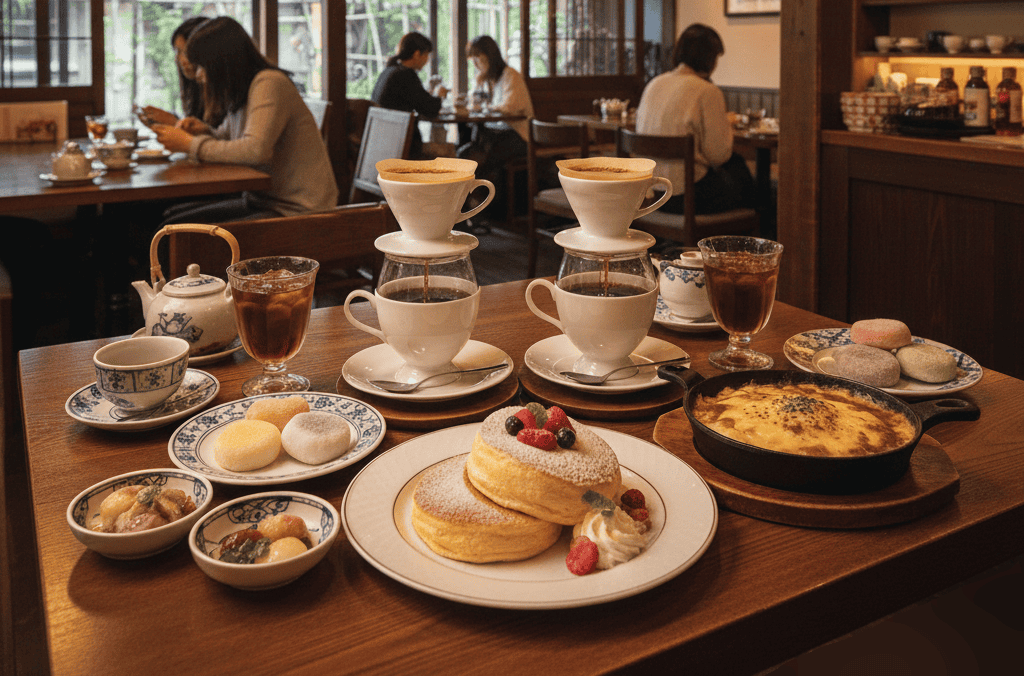

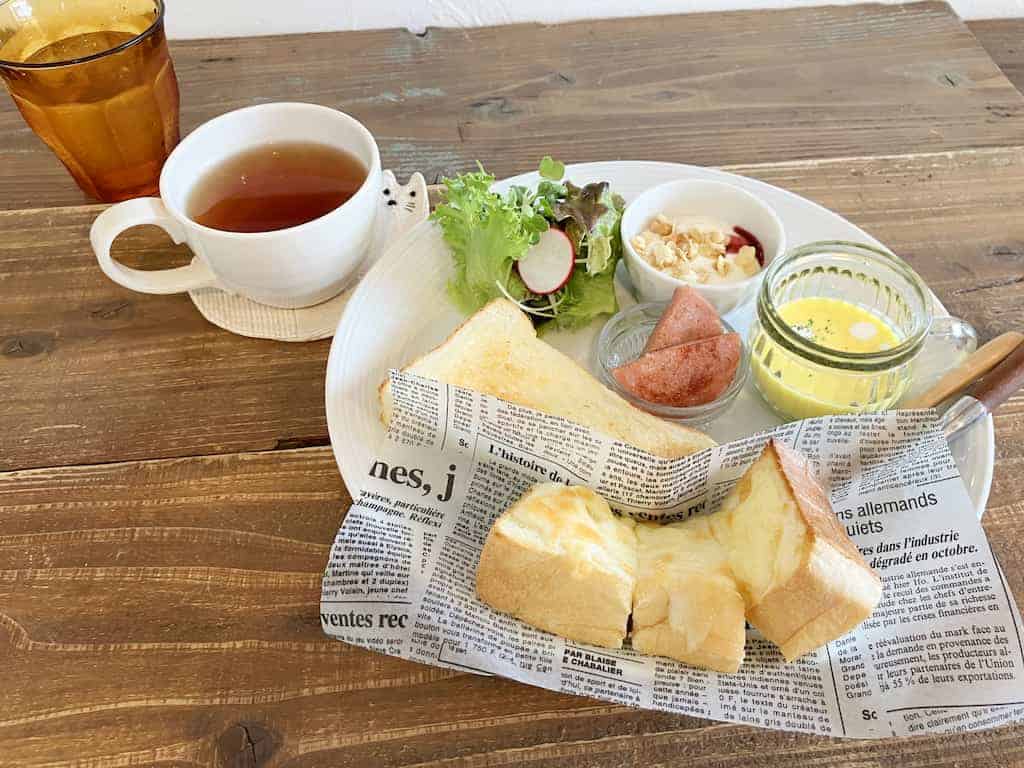
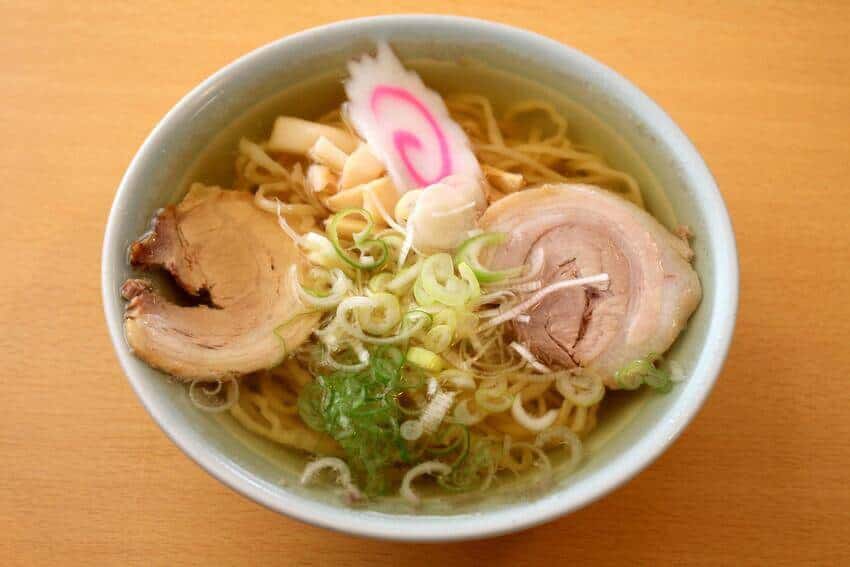
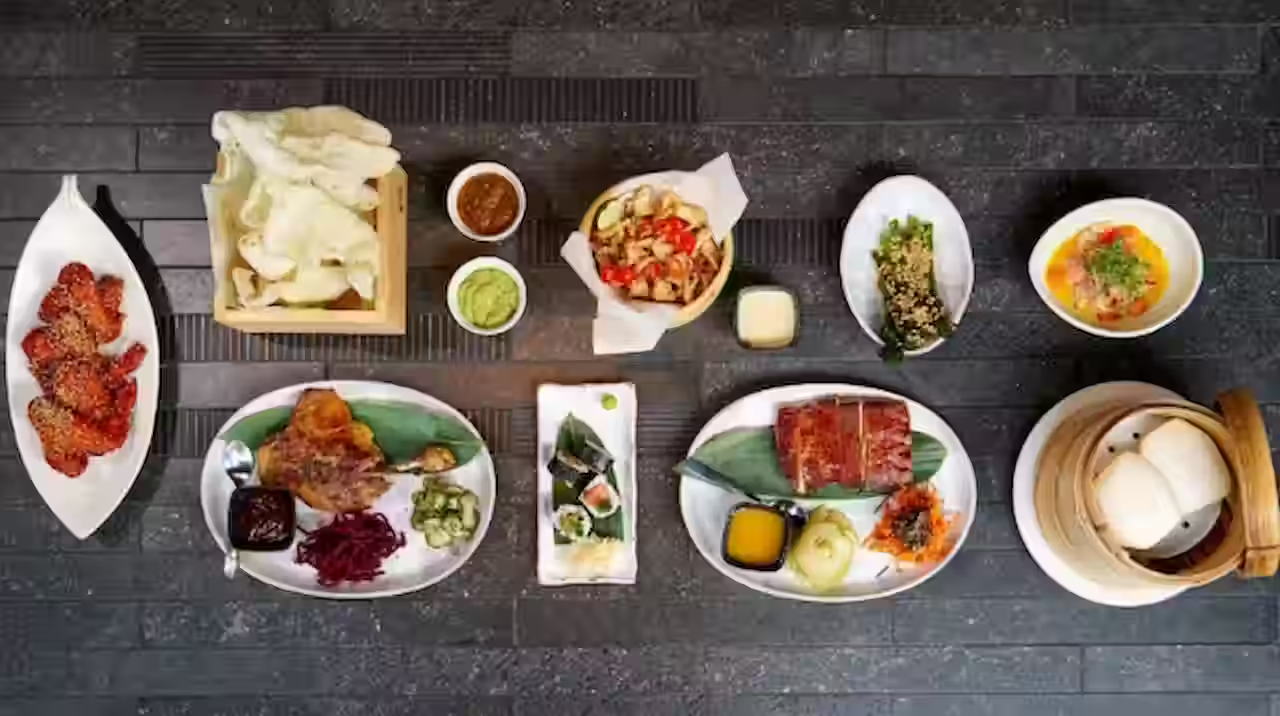

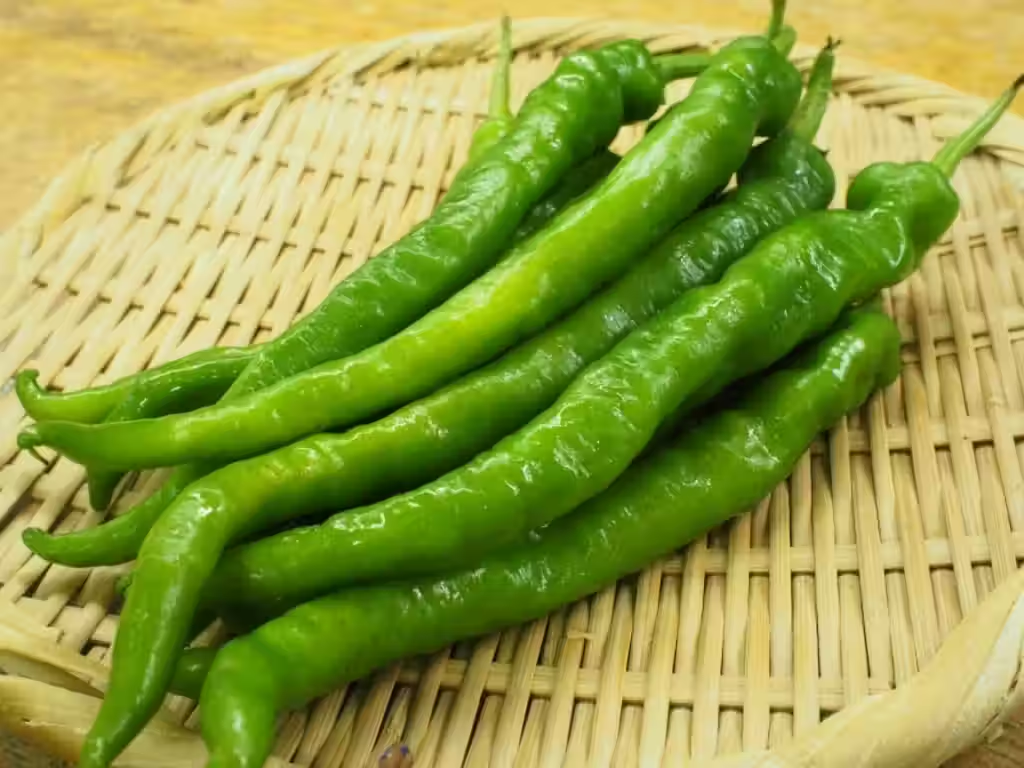
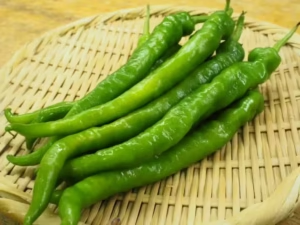
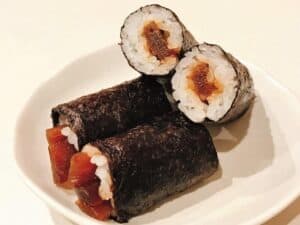
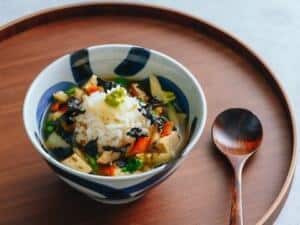
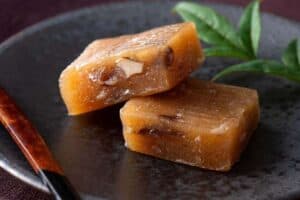
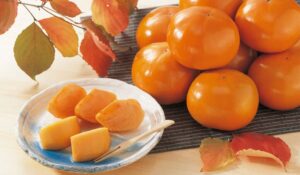
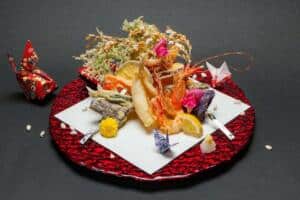
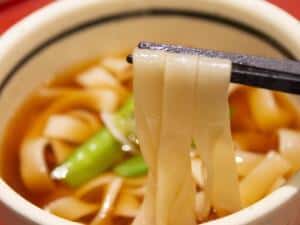
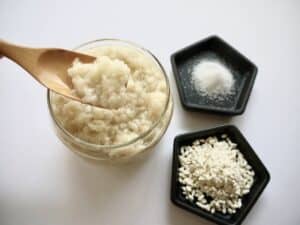
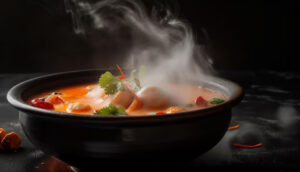
Comments